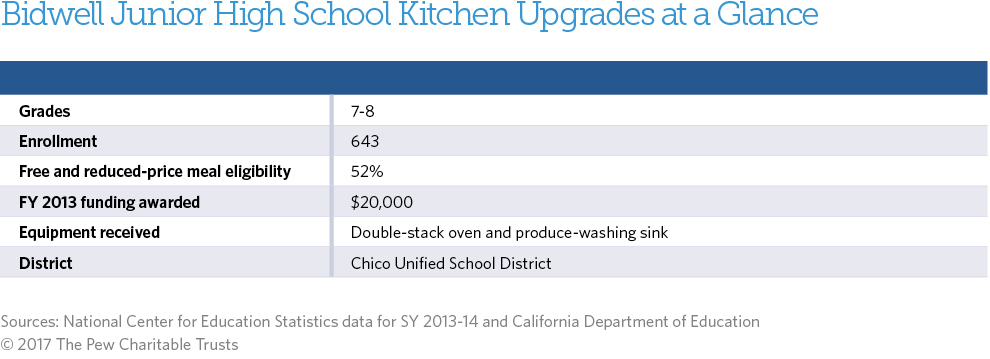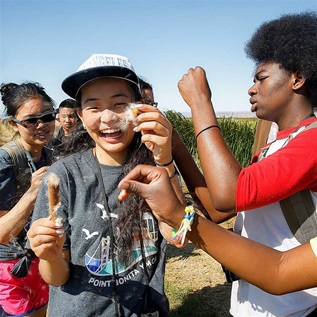Bidwell Junior High School
Chico, California
Every morning at Bidwell Junior High School in Chico, California, the smell of freshly baked whole-wheat muffins wafts from the kitchen. The muffins are part of Chico Unified School District’s mission to serve its students the healthiest, highest-quality, and freshest foods. To accomplish this, the district buys fruits, vegetables, proteins, milk, and dairy products from local vendors and turns these ingredients into dishes made from scratch—a strategy that was limited until recently by an old, unreliable oven. A replacement, purchased with a U.S. Department of Agriculture kitchen equipment grant, has helped the school’s nutrition team add entree options and create a more welcoming dining atmosphere for kids.
The energy-efficient and dependable oven frees staff members from having to monitor foods closely while they are cooking, allowing them instead to spend time engaging with the students. The food service workers strive to greet kids by name and with a smile, thank them for joining the meal, and invite them back. The staff also has more time for cooking, which has allowed it to expand the daily menu from six hot entree options to nine. With a greater number of healthy choices, students are more likely to find meals that appeal to their varying appetites and preferences. Among their favorite dishes are made-from-scratch “honey fire chicken” and beef and rice burritos.
The new oven also supports Bidwell’s popular selection of bakery items, including the whole-wheat muffins. “Our district has three professional bakers, so we produce fresh bread products like pizza dough, sandwich rolls, and cinnamon rolls—all whole-grain rich and low in sodium and fat—every day,” said Vince Enserro, the district’s director of nutrition services. “The healthy baked goods are a hit with students.”
And students are showing their appreciation for the fresh, appealing meals by buying them in growing numbers: Participation is up for breakfast and lunch. This means more meal program revenue, which Enserro and his team can turn into even more high-quality ingredients and kitchen and dining area improvements.
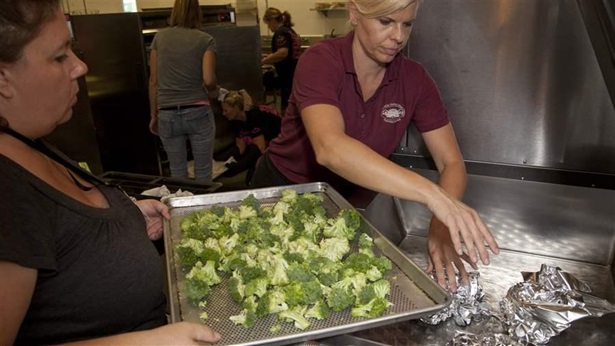
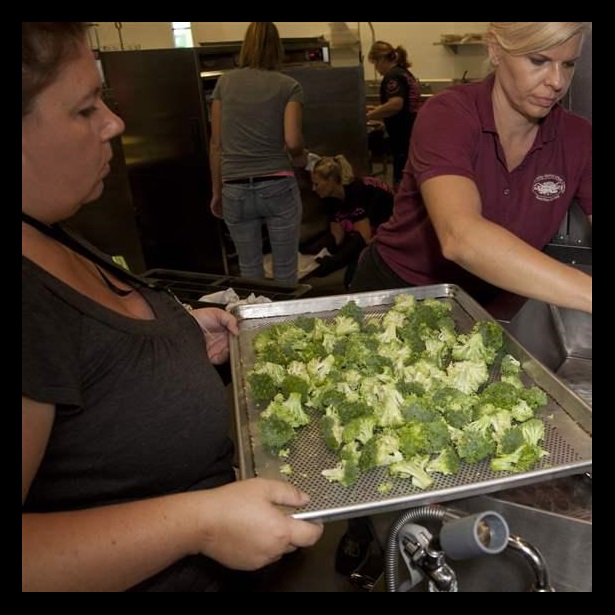
USDA’s School Kitchen Grants Benefit Meal Programs and Students
The right equipment makes a difference in efficient...
Learn More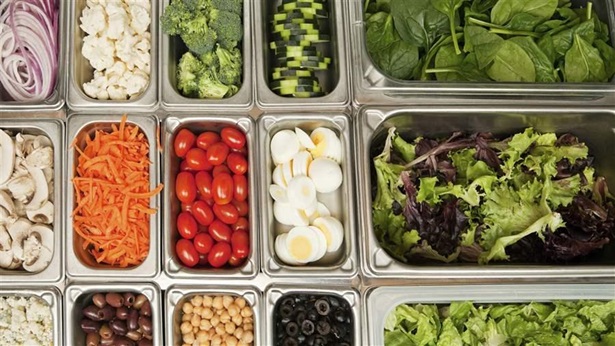
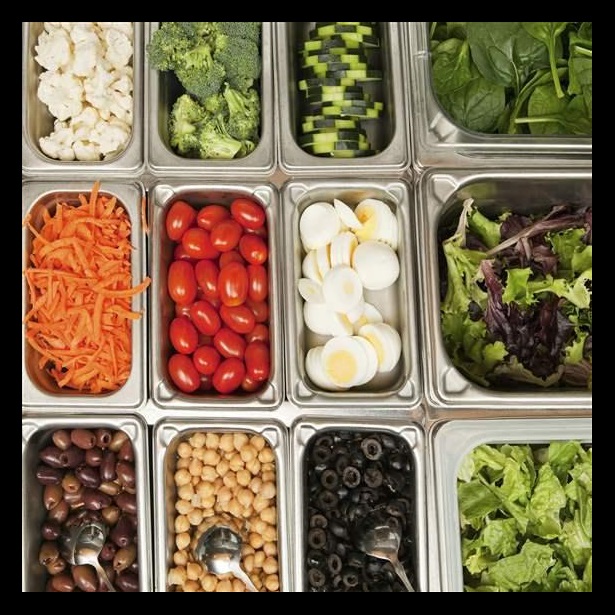
School Nutrition Gets a Boost From USDA Kitchen Equipment Grants
School Nutrition Gets a Boost From USDA Kitchen Equipment Grants
Learn More